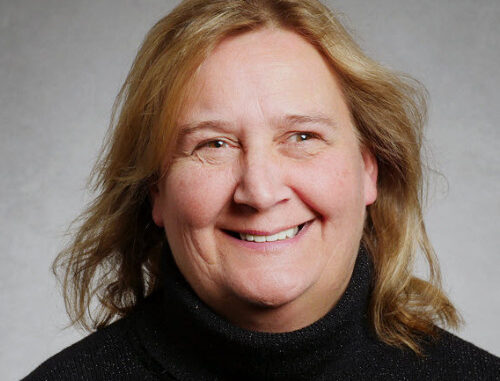
According to the National Assessment of Adult Health Literacy, only 12% of adults in the U.S. have proficient health literacy skills.
Healthcare is a unique industry because it is wide-ranging yet highly personalized. Health literacy is important for patients, physicians and their communities. Each of these groups comes together to improve health systems and patient care, which is why mutual understanding and clear communication is vital to patient outcomes. Below, we discuss recommendations to improve your health system to create a mutually beneficial healthcare environment.
Evaluate the state of health literacy in the U.S. overall.
According to the Office of Disease Prevention and Health Promotion, personal health literacy is defined as “the degree to which individuals have the ability to find, understand and use information and services to inform health-related decisions and actions for themselves and others.”
Research from the American Academy of Family Physicians has found the average American adult reads at an eighth-grade level while 75% of the written patient education material provided in hospitals is written at a high school to college level. As a result, the risk of misunderstanding is high and health providers cannot always tell who has low health literacy. Low literacy often invokes feelings of shame, and many patients may feel hesitant to share when they do not understand.
Assess your own community.
Evaluate a variety of factors to formulate a holistic view of the community you serve. Below is a list of questions to guide your assessment.
– Is your community rural or urban?
– Are there many individuals who speak English as their second language? If so, what language(s) is most prevalent?
– Is the population culturally diverse? If so, how does their culture shape the perception of certain medical practices?
– What are the most common reasons patients visit the health facility and why are those health situations most prevalent?
– What are the age demographics of your population and how does this impact their health literacy?
Bridge the communication gap between physicians, patients and communities. Here are five specific ways you can do this:
1. Use simplified language. For example, instead of telling a patient their medication is an “anti-inflammatory,” tell them it “stops swelling.” Same goes for prescriptions. Many patients know the name penicillin, however it’s likely they don’t know the generic name amoxicillin is the same exact drug (and significantly cheaper).
2. Reduce the use of acronyms. Healthcare professionals love using acronyms to communicate efficiently, however, this jargon is foreign to many patients and seems as though the healthcare team is speaking a different language. Provide explanations to patients about what acronyms mean and try to avoid using them in instructions and conversations with patients.
3. Be inclusive to patients who come from diverse linguistic backgrounds. Providing materials only in English is limiting, especially when working with a diverse population. Provide materials in a variety of languages, especially those most used by the community.
4. Maximize engagement with your patient portal. Your patient portal can be a useful tool for bridging the gap between physicians and patients. In some areas, however, lack of access to internet and technology can create a barrier to receiving pertinent health information. Despite the widespread use of innovation and technology solutions in recent years, over 27 million American households still do not have access to the internet. This is the equivalent of 1 in 4 households. In this case, health systems must navigate this situation with patients and help them find alternative methods to receive their health information, such as computer access at public libraries and wider access to public Wi-Fi in cities. Eliminating barriers to patient portals on a community level is a great way to ensure more engagement and less frustration, which fosters health literacy.
5. Create better patient outcomes through clear communication. Healthcare is highly personal, which is why communication must be individualized. Assisting in clear communication efforts between physicians and patients is essential to empowering patients in their healthcare decisions and journey. Implementing some of these tips into your health system will reduce misunderstanding and create mutually beneficial relationships for everyone involved in the healthcare process.
About Doreen DeGroff
Experienced Consulting Practice Director with a demonstrated history of working in the information technology and services industry. Skilled in Cerner, Software Documentation, Healthcare Management, Clinical Research, and Working with Physicians. Strong consulting professional with a bachelor’s degree focused on Human Services, General from Utica College. Over 32 years of experience in all health care settings: hospital, physicians’ offices, home care, nursing services, hi-tech and retail pharmacy, laboratory, specialized care offices and long-term care. Over the years she has developed a high proficiency in building, supporting, and maintaining teams and conflict negotiations and resolution.